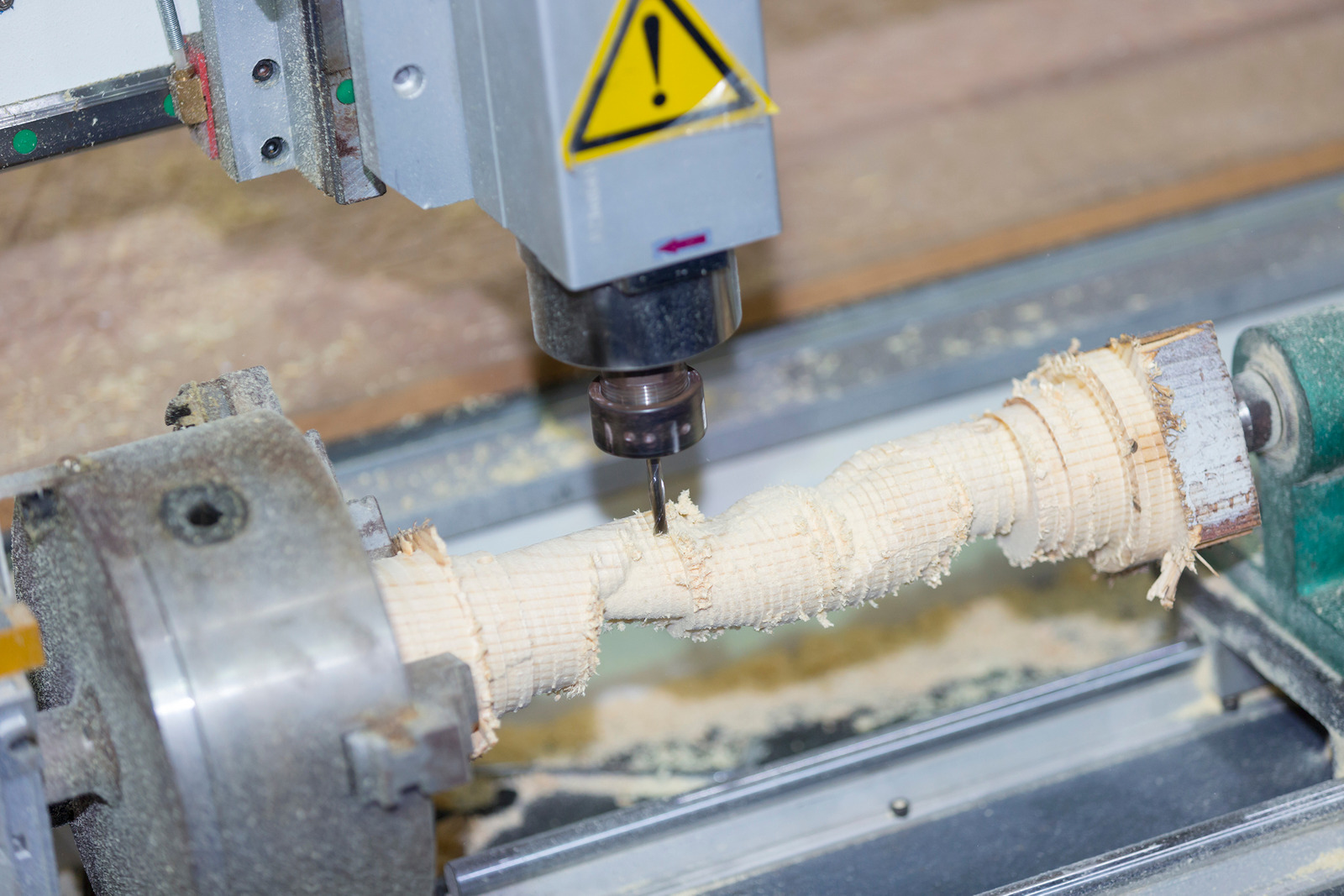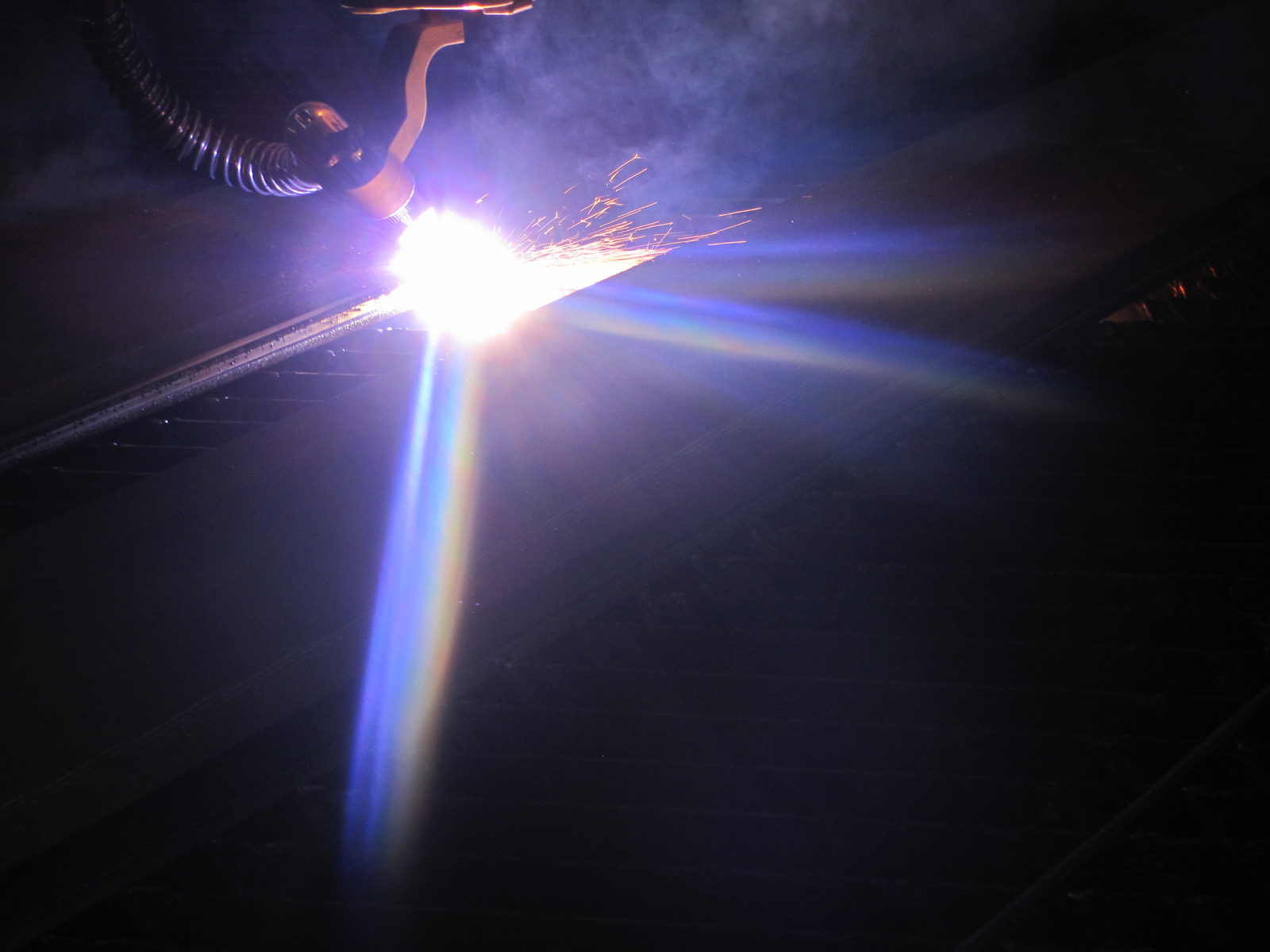Wood is a versatile material that can be used for a variety of different applications, from furniture to construction projects. Laser cutting is an effective way to process wood into intricate shapes, or even complex designs, with precision and speed. But not all wood types are the same and not all wood types are suitable for laser cutting. This article will explore the different wood types and their suitability for laser cutting, so you can make an informed decision about the type of wood to use on your project.
Softwoods
Pine
Pine is a softwood that is commonly used in laser cutting applications as it can be precision cut with very little charring. Pine is a lightweight and inexpensive option, making it ideal for projects that require a large number of pieces. It has a light yellow color that can be stained easily, allowing for a variety of looks depending on the finish you’re going for.
When it comes to laser cutting, pine can be used to create intricate patterns and designs in both paper, plastics and metals. It is a great choice for laser engraving and etching, which can add texture and depth to a project.
Cedar
When it comes to laser cutting different types of wood, cedar is one of the top contenders. This softwood is known for its durability and strength, making it great for many laser cutting projects. It has a fine grain and properly treated, it can be one of the most resistant woods available.
It can be used in a variety of applications, from wood sculptures to furniture. Cedar is not only great for laser cutting, but it’s also suitable for paper and other materials like acrylic, metals, and plastics. It can be cut at high speeds, making it a great choice for projects that require precision and accuracy.
Spruce
Spruce is a popular softwood for laser cutting. It is relatively soft, lightweight and has a light yellowish hue. The grain pattern is usually straight and even, which can provide more intricate details when laser cutting.
It is typically used for small items and projects that do not require a lot of finishing work such as paper craft and jewelry. Spruce is typically a low cost option when it comes to laser cutting and can be a great choice for beginners to the process. It is not as hard as some metals and plastics, so it can be cut more quickly than some materials.
Advantages & Disadvantages of Softwoods for Laser Cutting
Softwoods are ideal for laser cutting because they tend to absorb more laser energy than many other materials, making them ideal for slicing through quickly and precisely. They are generally less expensive than hardwoods, making them a good choice for short production runs or prototyping. In addition to being more cost-effective, many softwoods are lightweight and easy to maneuver.
One of the major advantages of softwoods for laser cutting is that they are not affected by heat as much as metals and plastics. This makes them ideal for working with delicate designs where scorch marks could potentially ruin the piece. In addition, softwoods tend to produce less smoke and fumes than many other materials, making them preferable for indoor work.
Hardwoods
Oak
Oak is one of the most popular hardwoods used in laser cutting projects. Although soft woods like plywood and MDF may be easier to laser cut, hardwoods like oak, walnut, and cherry offer beautiful results with their unique grain patterns that are often sought for personal or commercial projects. Not all woods are suitable for laser cutting; the use of metals and plastics is often necessary for certain projects.
When using oak for laser cutting, it is important to consider the type of project you are undertaking.
Maple
Maple is a popular wood choice when it comes to laser cutting due to its hard, dense texture. It can be used to make intricate designs with a laser cutter and is great for making pieces with fine lines. Maple is considered a hardwood, which means it is better suited for laser cutting than softer woods such as pine and spruce.
However, unlike acrylic, paper, metals, plastics, plywood, and MDF, it is not suitable for all types of laser cutting.
Mahogany
If you’re looking for a wood type that’s perfect for laser cutting, hardwoods like mahogany are an excellent choice. Mahogany is a tropical hardwood, meaning that it’s extremely durable and has a very thick grain that makes it perfect for intricate laser cutting. It’s also a very hard wood, meaning it can withstand the heat generated by the laser.
Mahogany can be used in a variety of projects ranging from furniture, art, and even engraving. When it comes to laser cutting, not all woods are suitable.
Advantages & Disadvantages of Hardwoods for Laser Cutting
When it comes to laser cutting, hardwoods such as oak, walnut and cherry offer a unique set of advantages and disadvantages that must be considered. Hardwoods are generally much more durable than both paper and plywood and MDF, and as such, they can often be laser cut with fewer issues, such as delamination or incomplete cutting. This makes them ideal for complex and detailed projects.
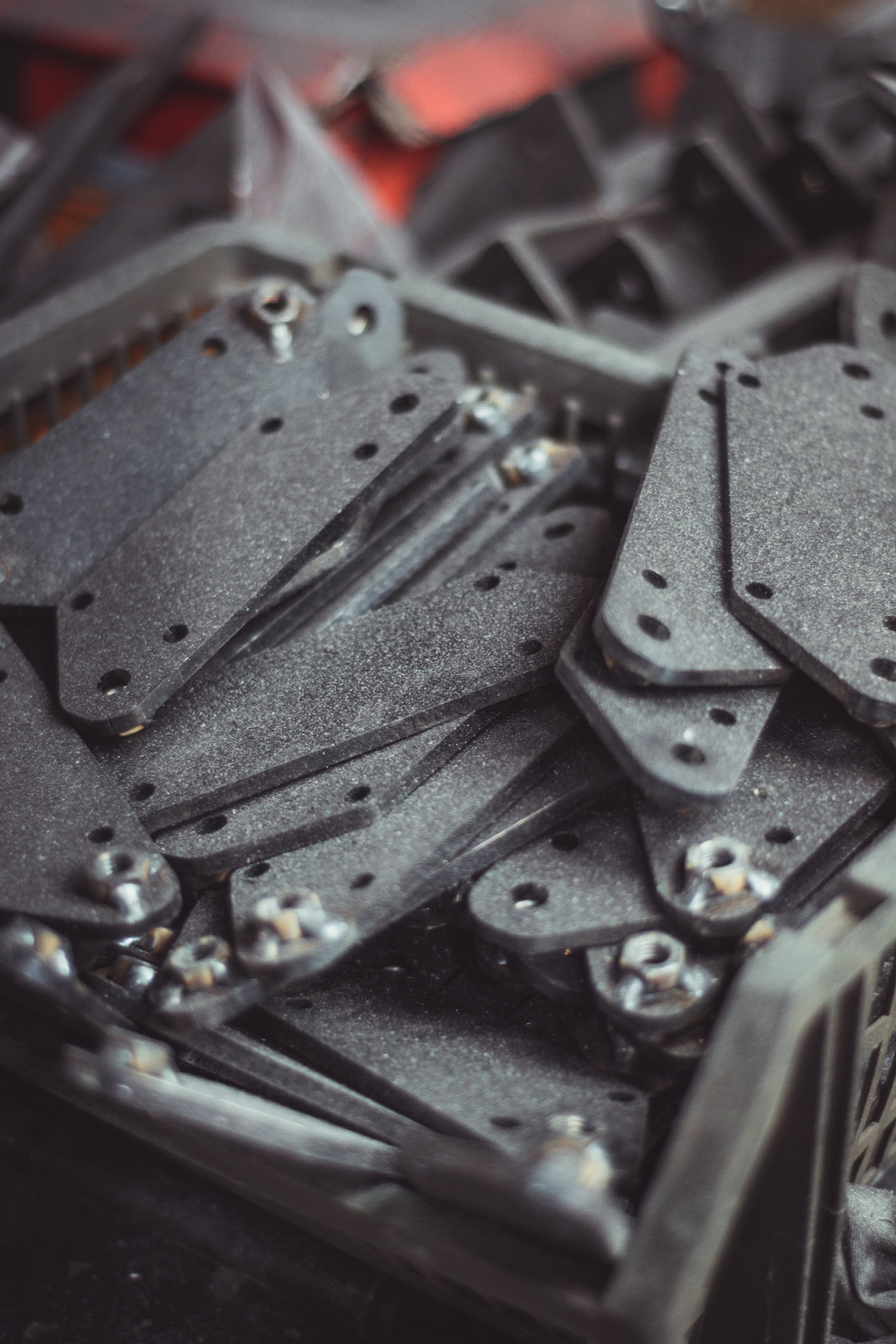
Common Applications of Laser Cutting Wood
Artwork
Artwork is one of the most popular applications of laser cutting wood. Laser cutting gives you unparalleled detail and precision, and opens up the possibility of making intricate designs and shapes. Acrylic is one of the best materials for producing a wide variety of unique art pieces.
Bright and vivid colors, bold lines, and intricate details can be easily achieved with laser cutting acrylic. In addition, laser cutting paper can produce great artwork, from decorative paper-cut designs to beautiful art pieces with layered layers of paper and intricate patterns. Besides acrylic, metals and plastics can be laser cut to produce artwork as well.
These materials are ideal when making artwork that requires more robust and sturdy parts.
Cabinetry
Cabinetry is an area where laser cutting can be particularly advantageous for making intricate custom pieces. Acrylic is one material that can be laser cut exceptionally well and can produce high-quality furnishings. Paper thin panels of acrylic can be hardened and laminated to create a long-lasting and beautiful surface that is both waterproof and heat resistant.
Metals and plastics can also be laser cut and used to construct durable and stylish cabinetry. Laser-cut steel and aluminum are able to hold a variety of weights without risk of damage and can be treated to be stain-resistant and waterproof.
Toys
When making toys out of laser cut wood, it’s important to select the right type and thickness of wood for your design. Acrylic is a great material for making sturdy and durable toys. It is easy to cut and shape, and it has a polished looking finish when laser-cut.
Paper, metals, and plastics are also popular materials for making toys, but they won’t be laser cut wood. Plywood and MDF are both excellent choices for laser cutting wood into toys. Plywood and MDF are both extremely versatile and can be used to create intricate and detailed shapes.
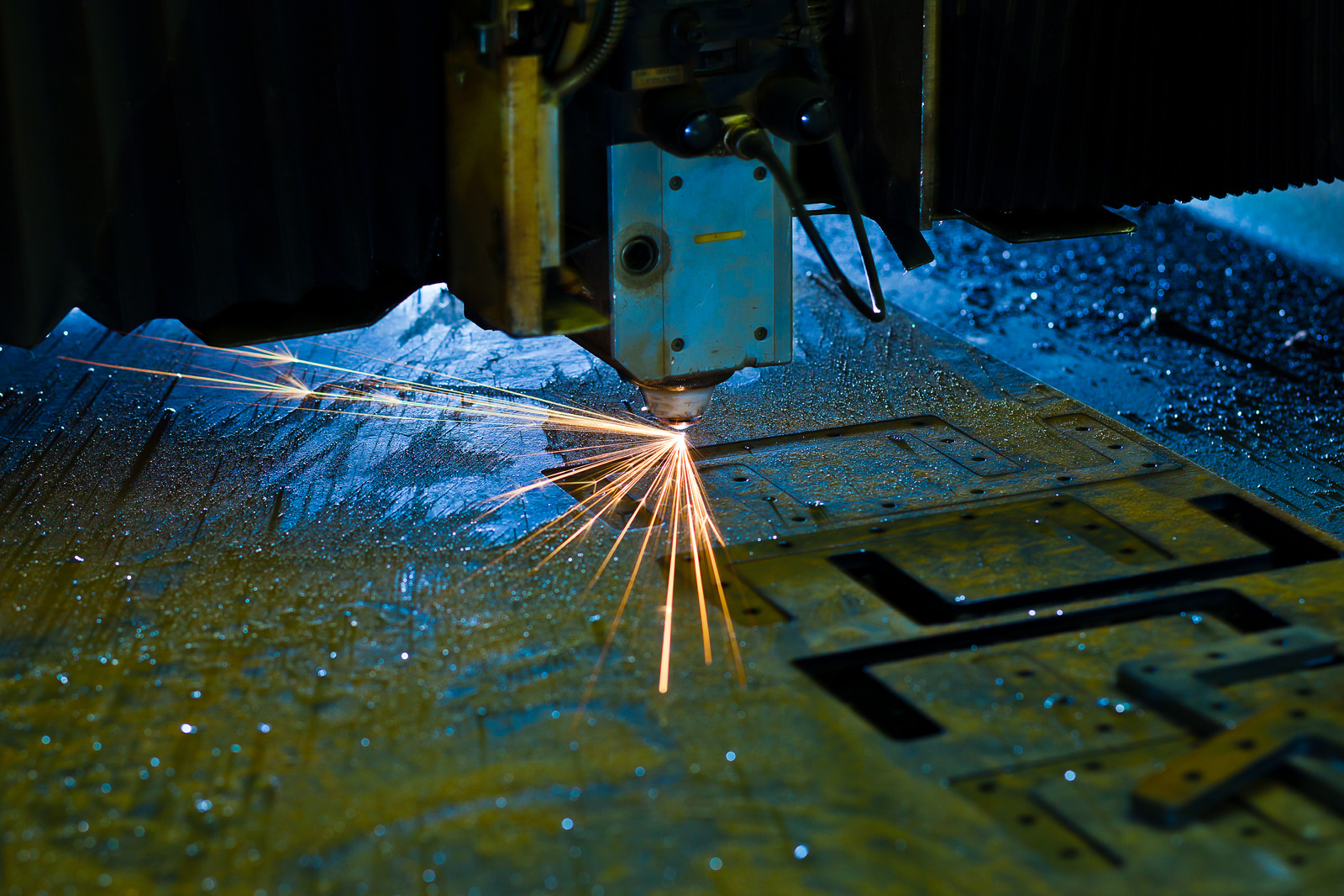
Can all wood be laser cut?
Can all wood be laser cut? The answer is a definite no – not all types of wood can be laser cut. The best materials for laser cutting are acrylic, paper, metals, and plastics.
Plywood and MDF (medium density fiberboard) are other materials that work well with laser cutting. But not all woods are suitable for lasering. Hardwoods such as oak, walnut, and cherry cut best for laser cutting processes, as their density creates less heat when being cut than some of the softer woods.
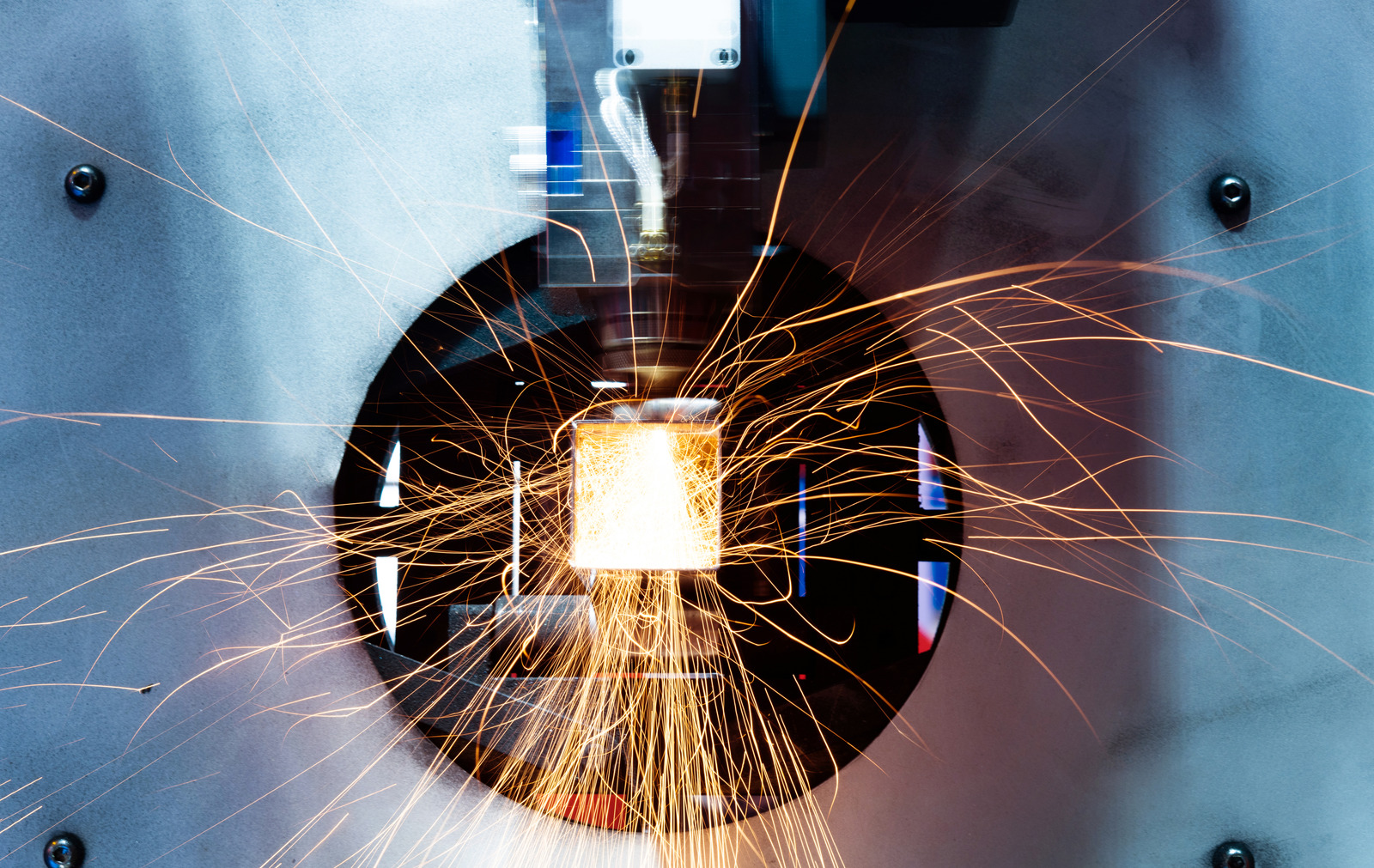
Conclusion
Summary of Benefits of Laser Cutting Woods
The conclusion of our exploration into the different types of woods that are suitable for laser cutting: laser cutting materials can range from paper to hardwoods, such as oak, walnut, and cherry. Metals and plastics also come in a variety of types and thickness that can be used to create unique pieces. Plywood and MDF are two popular materials for laser cutting due to their relative low cost and their ability to be shaped with over-the-counter tools after being cut to the desired shape.
However, not all woods are suitable for lasering, so it is important to research the type of wood used prior to purchasing a new project.
Considerations When Choosing a Wood Type for Laser Cutting
When it comes to choosing a wood type for laser cutting, there is a lot to consider. Acrylic is a great option for laser cutting since it is cost-effective, resistant to heat, and can be decorated with a variety of finishes. Metals and plastics are also great choices for laser cutting because they are very durable.
Additionally, they can be used in a variety of applications, such as signs, engravings, and furniture.
